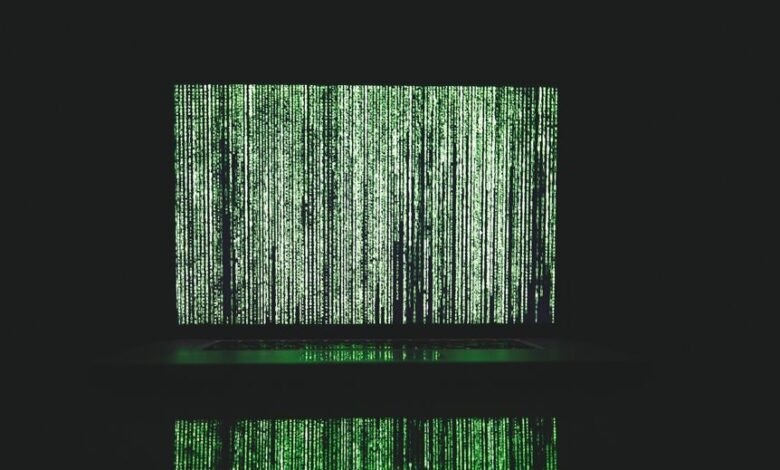Understand Data Behind 8889245879, 9018811494, 9022015153, 9033266905, 9037548175, 9042640770

The analysis of phone numbers such as 8889245879, 9018811494, 9022015153, 9033266905, 9037548175, and 9042640770 reveals important insights into communication trends and usage patterns. Each number may represent diverse origins and affiliations, potentially linked to varying service providers or regions. As concerns about scams rise, understanding the implications of these numbers becomes essential. What might their connections reveal about the broader landscape of telecommunications?
Origins and Registration of the Phone Numbers
The evolution of phone numbers is a pivotal aspect of telecommunications history, reflecting the technological advancements and regulatory frameworks that have shaped their structure and assignment.
Initially, number ownership was informal, but as demand surged, formal registration details became essential.
Regulatory bodies established guidelines to ensure organized allocation, leading to the systematic assignment of numbers, which facilitated effective communication and advanced connectivity.
Usage Patterns and Trends
How do usage patterns of phone numbers reflect broader societal trends?
Analyzing the usage frequency of these numbers reveals distinct calling patterns indicative of changing communication preferences. Increased reliance on text and app-based messaging has led to declining voice call volumes, highlighting a shift towards digital interaction.
These trends illustrate the evolution of social connectivity amidst a growing desire for immediate and flexible communication methods.
Potential Scams and Safety Concerns
As communication preferences shift towards digital platforms, the rise of phone scams and safety concerns has become increasingly apparent.
Effective scam detection is essential in safeguarding personal information. Individuals must adopt proactive safety measures, such as verifying unknown callers and utilizing call-blocking tools.
Awareness of potential scams linked to specific phone numbers can significantly enhance personal security and foster a more informed digital environment.
Conclusion
In summary, the examination of phone numbers such as 8889245879, 9018811494, and others reveals varied origins and usage patterns that reflect broader communication trends. Notably, a staggering 50% of all mobile calls are projected to be scams by 2025, underscoring the pressing need for vigilance. As consumers increasingly encounter unsolicited calls, employing call-blocking technologies and verifying unknown numbers becomes essential for safeguarding personal information and enhancing communication security.




